Exmouth historian: Reminiscing along Queen's Drive
By Mike Menhenitt 14th May 2023
By Mike Menhenitt 14th May 2023

Having enjoyed our tea or ice cream by the Pavilion, it is time to continue our walk along the historical seafront past the old Royal National Lifeboat Institution station which used to house the lifeboat.
When the lifeboat needed to go to sea, it was hauled across the road down to the sea by tractor.
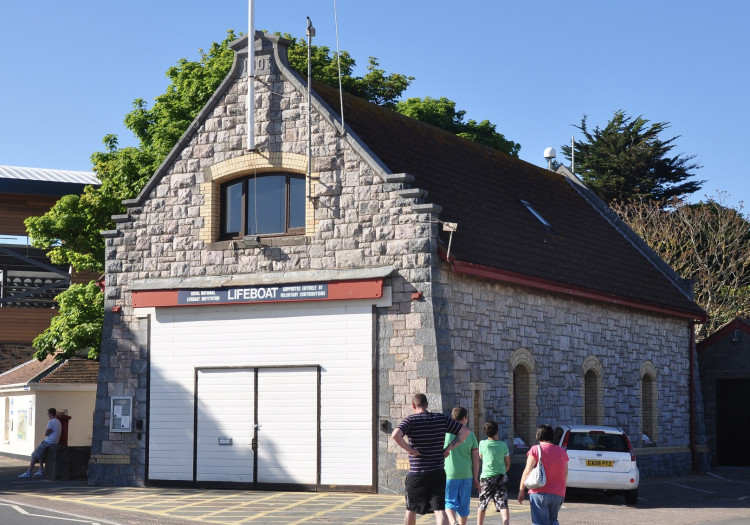
This building is now the headquarters of the Exmouth Rowing Club. Opposite here is the lookout station for the National Coastwatch Institution (NCI).
We now see the new watersports centre and independent coffee bars and shops and Mickey's Restaurant owned by Michael Caines.
Opposite here too is the Amusement Arcade, once the clubhouse of the Exmouth Golf Club and then home to Exmouth Zoo.
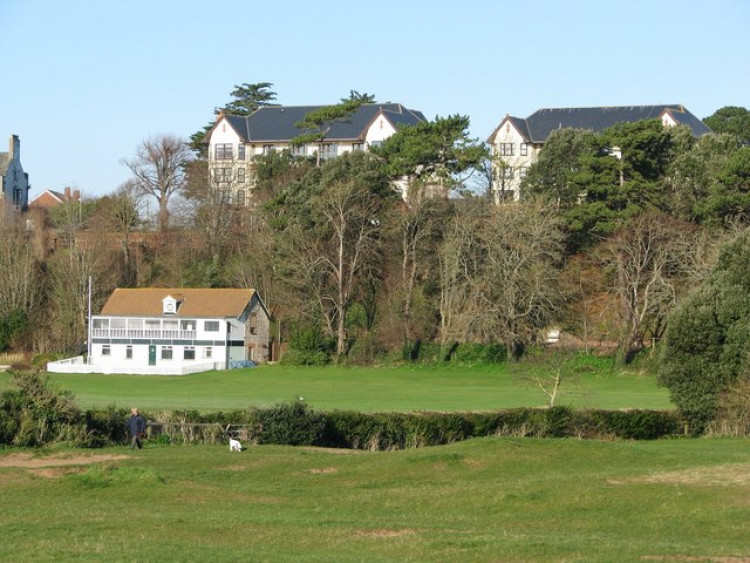
Just past here is the entrance to Exmouth Cricket Club which was established in 1843, and must surely boast of having one of the most beautiful cricket grounds anywhere. From the entrance you can gaze down The Maer, now a wildlife haven, and much changed in the last fifty years.
Beach huts and sand dunes
Walking along Queens Drive, it is hard to imagine the beach huts that once stood on the beach and were removed for the Second World War, when the beach was prepared against possible invasion.
Here also were large sand dunes, sadly now all removed, to give us an almost flat beach. Many children slid down these dunes having fun in the sunshine!
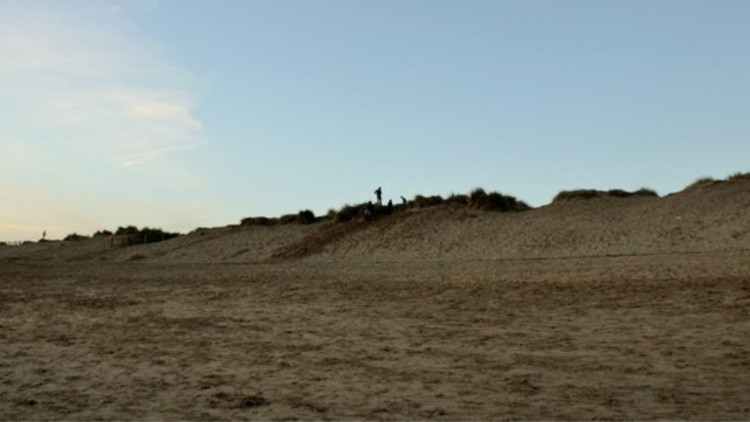
After the war the beach huts were re-sited all along what is now the dual carriageway.
These huts were much loved by families who owned them, including your historian's. A day spent by the sea often sitting on the outside of them admiring the view and the lack of cars throughout the 1950s and 1960s meant for an idyllic time.
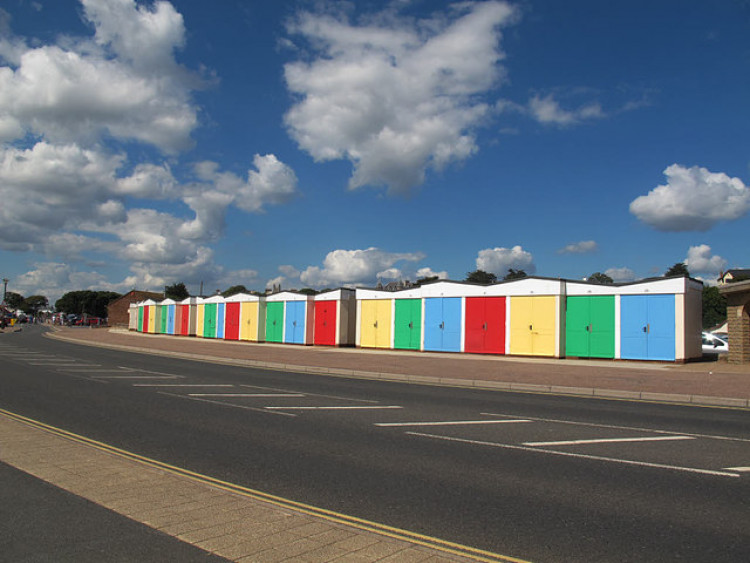
(cc-by-sa/2.0 - © Stephen Craven - geograph.org.uk/p/5279149)
These huts were often personalised by their owners and although you were not allowed to stay overnight in them, to all intents and purposes they provided their owners with all the creature comforts of home.
Some even had names and your historian well remembers one called Arby Chut owned by his dentist, the Skidmore family. There was also the smell of the methylated spirits being used to heat up kettles on primitive one-ring stoves as picnics were devoured after perhaps a swim by Maer Rocks where shrimping and crabbing took place in all the rock pools.
The new RNLI Lifeboat Station, The Barn and Orcombe Point
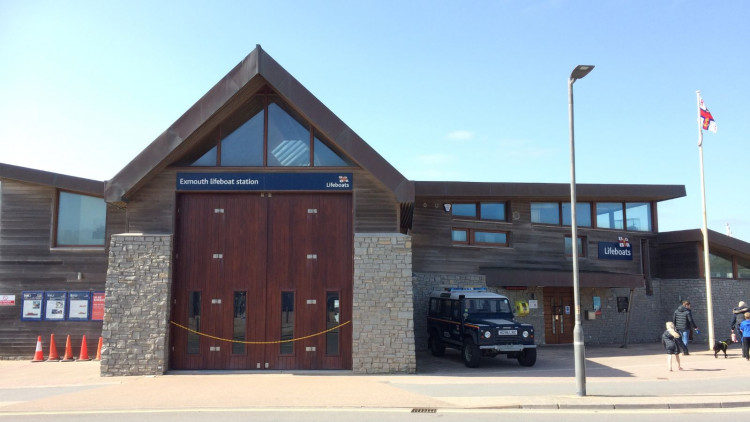
We now approach the split in the road, where the RNLI have their state-of-the-art lifeboat station. The road opposite can take you up Foxholes Hill where there were gun emplacements in the war.
Here also was The Barn on the hill that tragically caught fire in 1905, and is pictured below before its resurrection. Once having climbed to the top the views from all along here out to sea are magnificent.
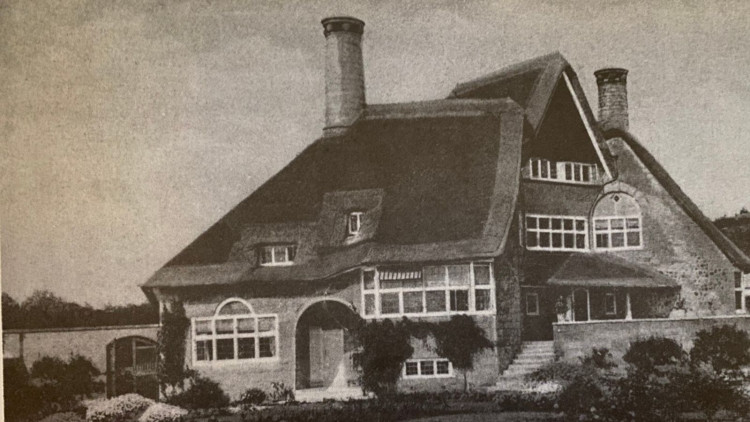
As we walk along to Orcombe Point, and marvel at the rock strata, it shows us we can look to our left to the café and zig-zag path.
Here starts the most westerly point of the Jurassic Coast, a world heritage site.
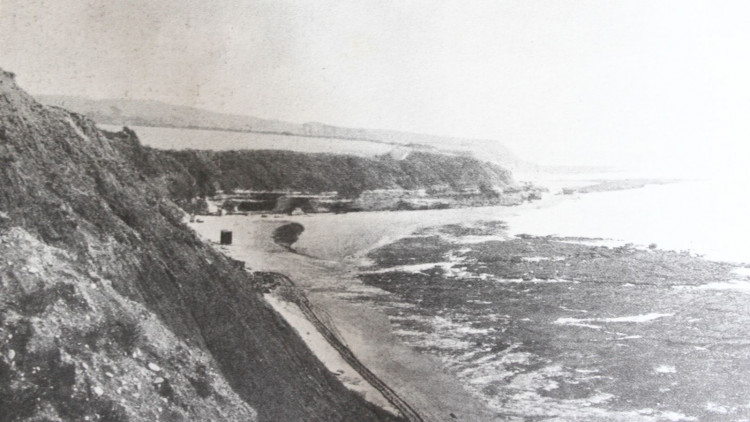
Above the point is the geoneedle, made from different rocks along the Jurassic Coast that stretches from Orcombe Point to Old Harry Rocks near Swanage in Dorset.
The geoneedle was commissioned from public artist, sculptor and designer Michael Fairfax to commemorate the opening of the Jurassic Way and was officially unveiled by HRH The Prince of Wales in 2002.
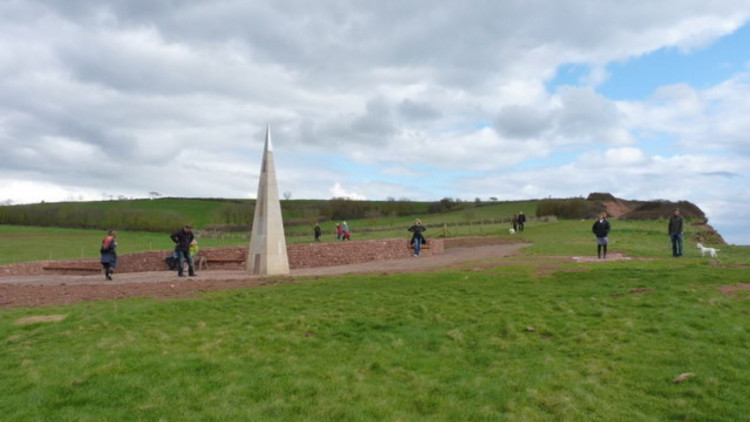
Returning to the beach, if the tide is out you can walk around the point and reach Rodney Bay and further on Start Point, which can echo to the sound of the military guns carrying out shooting practice.
Much further on, you reach Sandy Bay and eventually Budleigh Salterton.
Why not pay a visit to Exmouth Museum to find out more? You can also e-mail your historian at [email protected].
—————
Ed: This article is from Mike Menhenitt's Walking Through Exmouth History series. Use the links below to read previous articles:
Part One: The beginnings of Exmouth, from the Stone Age to the Bronze Age
Part Two: Exmouth in the Iron Age - and the arrival of the Celts
Part Three: Roman coins and Viking raids
Part Four: The impact of the Norman conquest, and how places in Exmouth got their names
Part Five: How Exmouth became a fashionable seaside resort in the 18th century
Part Six: How the docks brought prosperity to Exmouth - and then became the marina
Part Seven: The coming of the railway
Part Eight: Turnpikes, toll houses and inns in Exmouth
Part Nine: Jobs your ancestors had in the town through the ages
Part 10: The town's first museums - and the museum as it is today
Part 11: A horse-drawn fire engine and the history of Exmouth Museum
Part 12: The Rolle family
Part 13: Exmouth's cost-of-living crisis in the 19th century
Part 14: Clapp's Cafe and the development of the town centre
Part 15: The Exmouth woman who fought Napoleon
Part 16: Exmouth's connection to the wife of Lord Nelson
Part 17: Exmouth's connection to the wife of Lord Byron
Part 18: Exmouth's connection to Mary Anne Clarke, mistress of the Duke of York
Part 19: Going postal in Exmouth
Part 20: When The Maer was a golf course
Part 21: Clapp's Café
Part 22: Littleham Village
Part 23: A guide to Exmouth's churches
Part 24: Remembering Rolle College
Part 25: An open-air swimming pool, zoo and boating lake: How Exmouth's Esplanade used to look
CHECK OUT OUR Jobs Section HERE!
exmouth vacancies updated hourly!
Click here to see more: exmouth jobs
Share:




